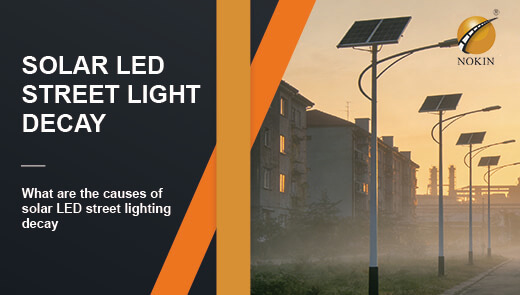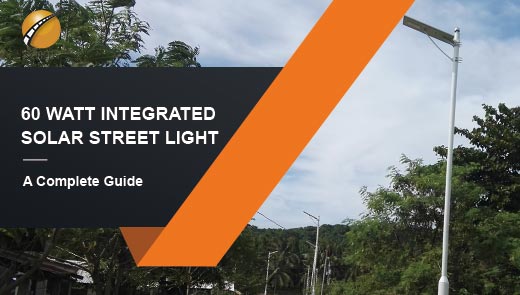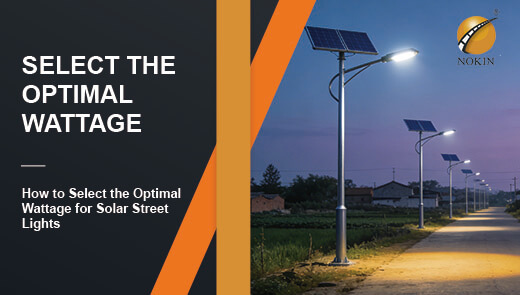How Solar Street Lighting Can Greatly Reduce Neighborhood Crimes
Community crime is a significant threat to community safety. In many unlit communities, nighttime crime rates remain high because darkness often emboldens criminals. Improving nighttime road visibility is a key crime prevention measure. Among the many crime prevention solutions being explored, solar street lights are emerging as a unique green line of defense, providing communities with a safer, more environmentally friendly, and efficient environment. Already the preferred lighting solution in numerous countries and regions around the world, solar street lights illuminate every corner of communities and prevent crime.

The Core Value of Lighting in Crime Prevention
The Power of Lighting in Environmental Design
Crime Prevention through Environmental Design (CPTED) has long established that lighting is a key element in creating a safe environment. It goes beyond simply providing light; rather, it enhances visibility in a space, mitigating the root causes of crime.
In the CPTED framework, lighting plays multiple roles: strengthening territorial awareness, promoting natural surveillance, and assisting with access control, ensuring that community environments are crime-resistant from the ground up.
Data Supports the Crime Prevention Effectiveness of Lighting
Numerous authoritative studies provide strong support for the crime prevention role of lighting. A comprehensive analysis of 17 independent studies shows that after installing street lighting, crime rates in experimental areas decreased by 14% compared to areas without it. New York City's experience is even more compelling: after public housing areas replaced their high-power streetlights, nighttime outdoor crime decreased by 36%.
Underlying these statistics is a significant improvement in residents' sense of security and an increase in community activity, creating a positive cycle of "lighting-safety-vitality."
The Ripple Effect of Visibility on Safety
The high visibility created by adequate lighting acts as a safety net for the community. Pedestrians can clearly identify their surroundings and avoid potential dangers promptly; law enforcement officers can quickly identify unusual situations, improving emergency response efficiency. More importantly, the elimination of dark corners deprives criminals of hiding places, physically eliminating the conditions for committing crimes.
The Irreplaceable Advantages of Solar Street Lights
A Lighting Revolution that Breaks Free from the Constraints of the Power Grid
Solar street lights, powered by sunlight, completely break free from dependence on the traditional power grid. This feature makes them particularly effective in areas with limited grid coverage, such as remote villages and newly built communities. No complex wiring is required; simple installation illuminates previously dim corners.
This independent power supply is even more advantageous in disaster-prone areas. Even during power outages, solar street lights can continue to illuminate, ensuring basic safety.
Dual Benefits of Economics and Environmental Protection
Compared to traditional street lights, the economic benefits of solar street lights are reflected throughout their lifecycle. While there is a certain initial installation investment, there are no subsequent electricity bills, and maintenance costs are only one-third of those of traditional street lights. For financially constrained rural communities, this means achieving full lighting coverage within a limited budget.
Additionally, the use of clean energy reduces carbon emissions, promoting green development while ensuring safety.
Long-lasting and Stable Lighting
High-quality solar street lights can have a service life of over 10 years. Their intelligent control system automatically adjusts brightness based on light intensity, ensuring stable illumination throughout the night. This long-term performance eliminates the need for frequent equipment replacement, ensuring continued safety and security.
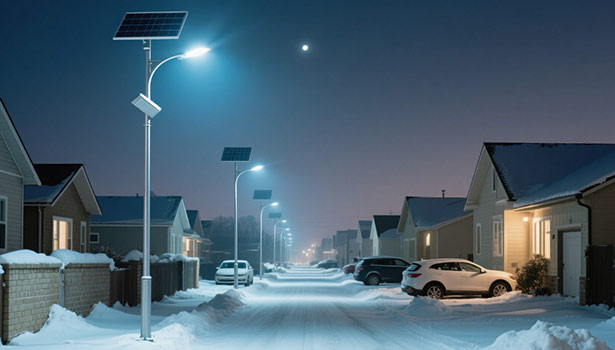
A Real-World Example of Solar Streetlights Preventing Community Crime
Los Angeles' "Bright Transformation Project"
Los Angeles has implemented solar streetlight retrofits in several crime hotspots. In one South Side neighborhood, insufficient lighting before the renovations resulted in an average of 5.2 nighttime robberies per month. Six months after installing the solar street lights, the number of such robberies dropped to 1.8, a 65% decrease.
Even more surprising, the number of spontaneously organized night patrols increased threefold, and the frequency of nighttime activities in the community square increased, forming a new model of proactive resident participation in security governance.
Brooklyn's Safety Transformation
The renovation of some high-crime neighborhoods in Brooklyn has also been impressive. The 200 solar street lights installed in 2023 have reduced property crime by 28% and violent crime by 21% in the areas where they were installed. Local police data show that the recognition rate of surveillance footage in areas illuminated by the streetlights has increased from 43% to 89%, significantly improving crime detection efficiency. In interviews with residents, 87% said they "now dare to go out for a walk after 10 p.m.," and the average nighttime business hours of community shops have been extended by 1.5 hours.
The Multi-Dimensional Crime Prevention Logic of Solar Street Lights
Building a CPTED-Oriented Safe Environment
The layout design of solar led street lights deeply integrates CPTED principles: high-brightness street lights are installed at community entrances to strengthen territorial marking; lighting strips are arranged at intervals along sidewalks to achieve natural surveillance; and directional lighting is used in key areas such as parking lots to assist with access management. This systematic lighting design imbues the community environment with a "crime prevention gene."
Synergy with Security Systems
Modern solar street lights have evolved into intelligent security nodes, capable of integrating cameras, sensors, and other equipment. In one Chicago community, solar street lights equipped with cameras are connected to the police surveillance center in real time, reducing the response time for identifying unusual nighttime behavior from 15 minutes to 3 minutes. High-definition surveillance footage under good lighting conditions provides critical evidence for solving crimes, and the crime clearance rate in this area increased by 40% in 2023.
Solar Street Lights Offer Specific Ways to Curb Crime
Eliminating Dark Corners
Solar powered street lights provide targeted illumination at vulnerable areas within a community: continuous illumination in back alleys eliminates ambush hazards; directional lighting in park corners provides peace of mind at night; and comprehensive illumination in parking lots reduces the risk of vehicle theft. Even in extreme weather conditions that can cause power grid outages, the solar street lights' energy storage batteries can still provide 8-12 hours of illumination, serving as a beacon of safety during disasters.
Psychological Deterrence
The psychological pressure exerted by brightly lit environments on potential criminals cannot be ignored. In a London criminology study, 73% of inmates admitted to avoiding areas with dense streetlights.
The sense of being observed created by solar street lights makes criminals aware of the high probability of detection, leading them to abandon their attempts. This psychological deterrent requires no additional manpower and remains effective over time.
A Safety Catalyst for Activating Community Vitality
The safe environment created by solar street lights directly promotes the flourishing of community activities. Evening square dancing, weekend night markets, and nighttime fitness trails—these activities increase crowd density, and "more people, more eyes" is itself the best anti-theft network.
After a Philadelphia community installed solar street lights, residents' average outdoor activity time increased by 47 minutes, and neighborhood interactions increased, creating a natural monitoring mechanism for a "familiar society."
Dual Protection of Economic Security
The low cost of solar street lights allows even underdeveloped areas to achieve universal illumination. In Kisumu, Kenya, Africa, after installing solar street lights in slums, nighttime thefts decreased by 60% and small vendors' nighttime income increased by 35%. This "affordable security" breaks the vicious cycle of "poverty leads to chaos."
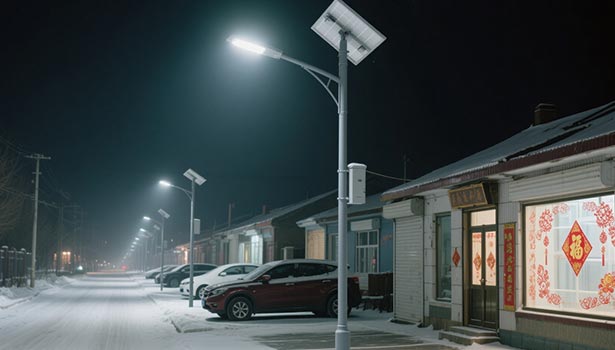
A Deeper Analysis of the Logic of Solar Street Lights in Crime Prevention
Practical Verification of Routine Activities Theory
The routine activities theory in criminology states that crime requires three elements: a motivated offender, a suitable target, and a lack of guardians. Solar street lights directly disrupt the chain of crime by illuminating the target area (reducing the number of suitable targets) and increasing the likelihood of detection (acting as guardians). An analysis by the Los Angeles Police Department shows that areas with solar street lights saw a 58% decrease in "unwitness" crimes.
The Broken Windows Theory in Reverse
The Broken Windows Theory warns us that a disorderly environment fosters crime. By improving a community's physical environment, solar streetlights signal a sense of care and management. In Detroit's revitalization plan, neighborhoods prioritized for solar street lights saw a 72% decrease in minor crimes like graffiti, a stronger sense of community identity, and an increase in the rate of crime reporting.
The Invisible Strengthening of Social Control
High pedestrian density under ample lighting naturally fosters informal social control. When residents chat under streetlights or children play on the street, potential criminals experience a strong pressure from social norms. This self-generated community control is more sustainable than external law enforcement. A Seattle study showed that residents in well-lit neighborhoods are three times more likely to intervene to stop inappropriate behavior than those in dimly lit ones.
Conclusion
The value of solar LED street lights goes far beyond simply providing illumination. They are a safety net woven with clean energy, a low-cost crime prevention solution, and a catalyst for revitalizing neighborhoods. From the bustling streets of New York to the rural roads of Africa, these streetlights, gleaming with the power of sunlight, are quietly transforming community safety.
With technological advancements, a new generation of solar street lights with intelligent sensing and integrated security will provide even more powerful support for crime prevention. In the future, when every community is illuminated by solar energy, the night will no longer be synonymous with danger, but rather an extension of community vitality and warmth.
If you're also looking for green solutions for community lighting, contact Nokin solar street lights. We can help you achieve a crime-free community!

